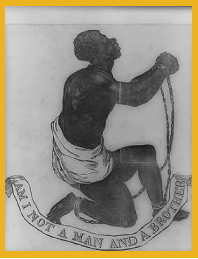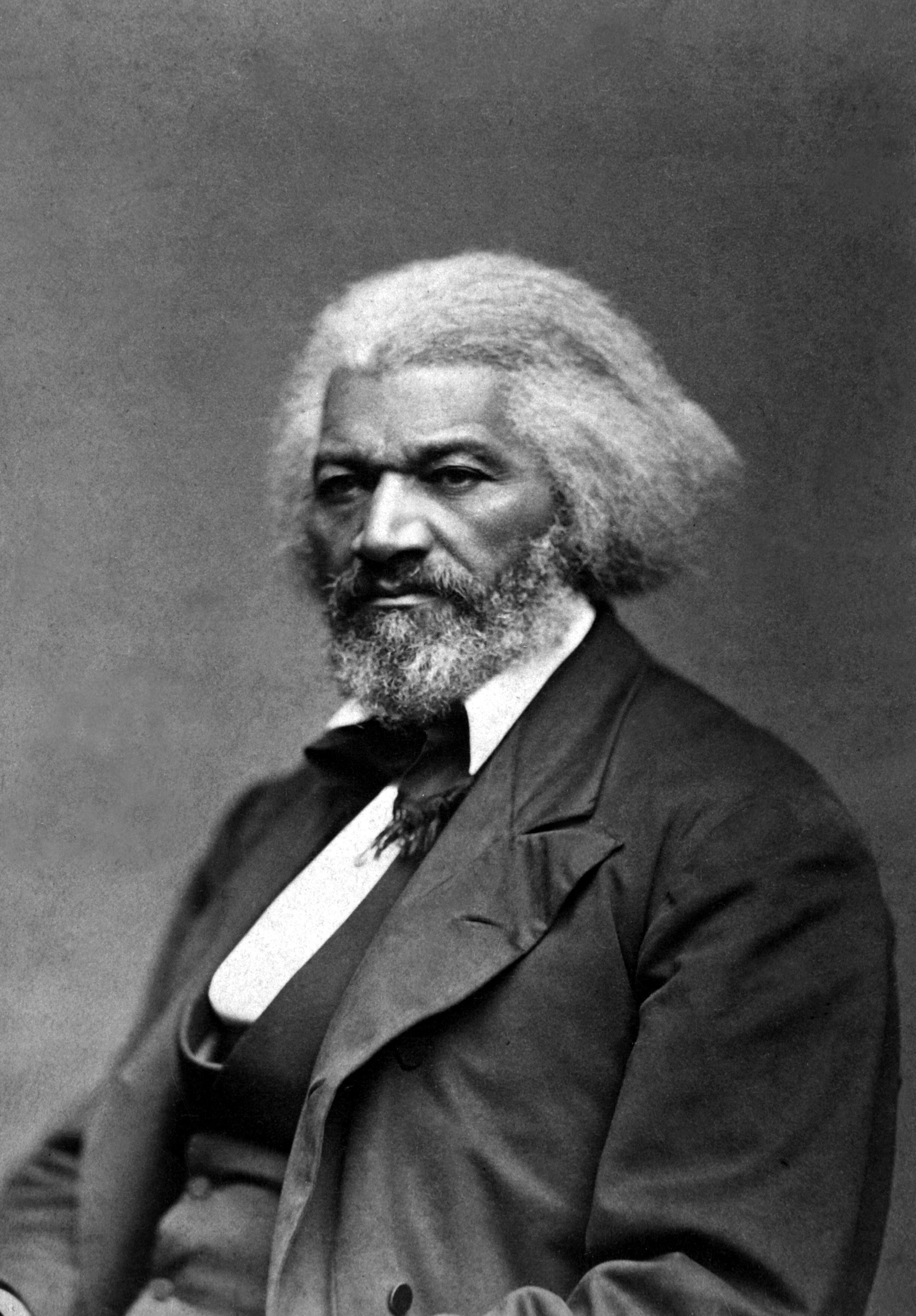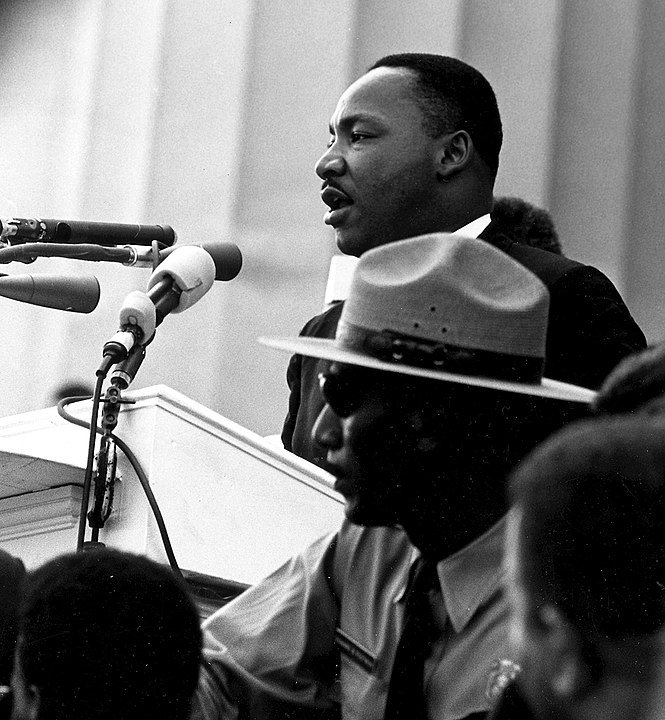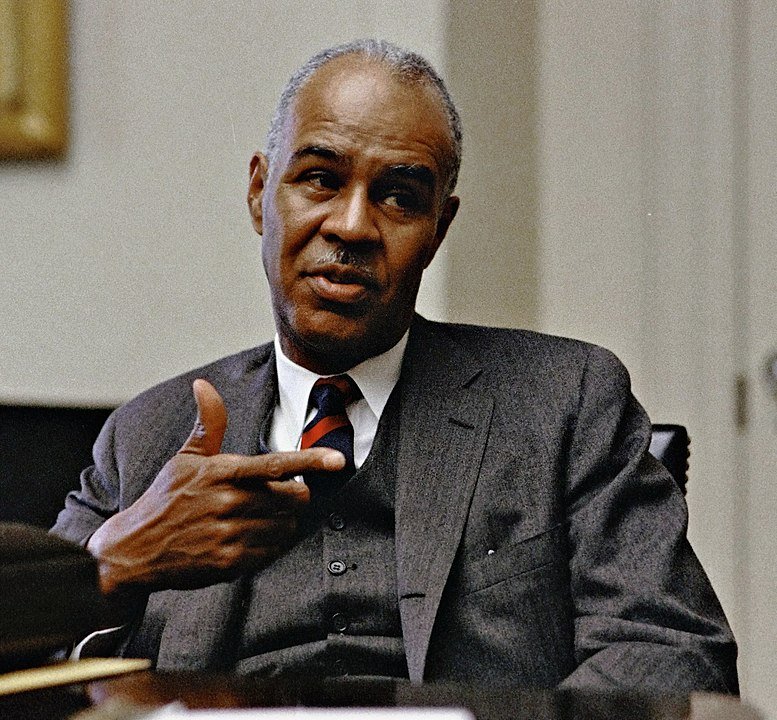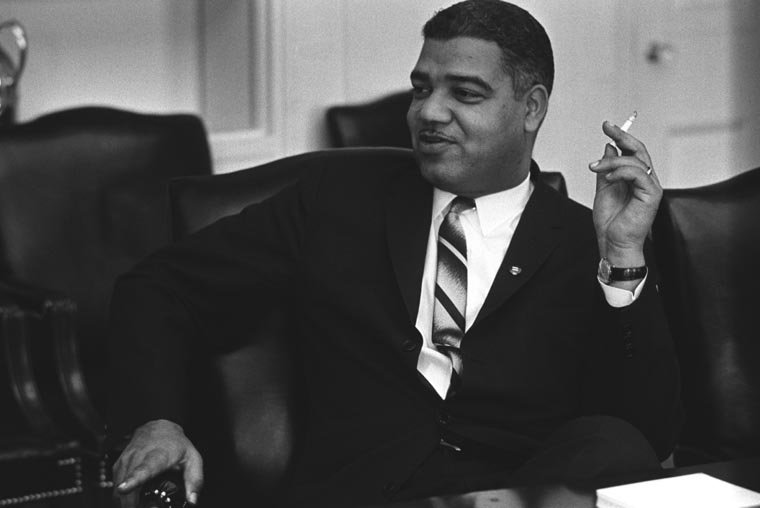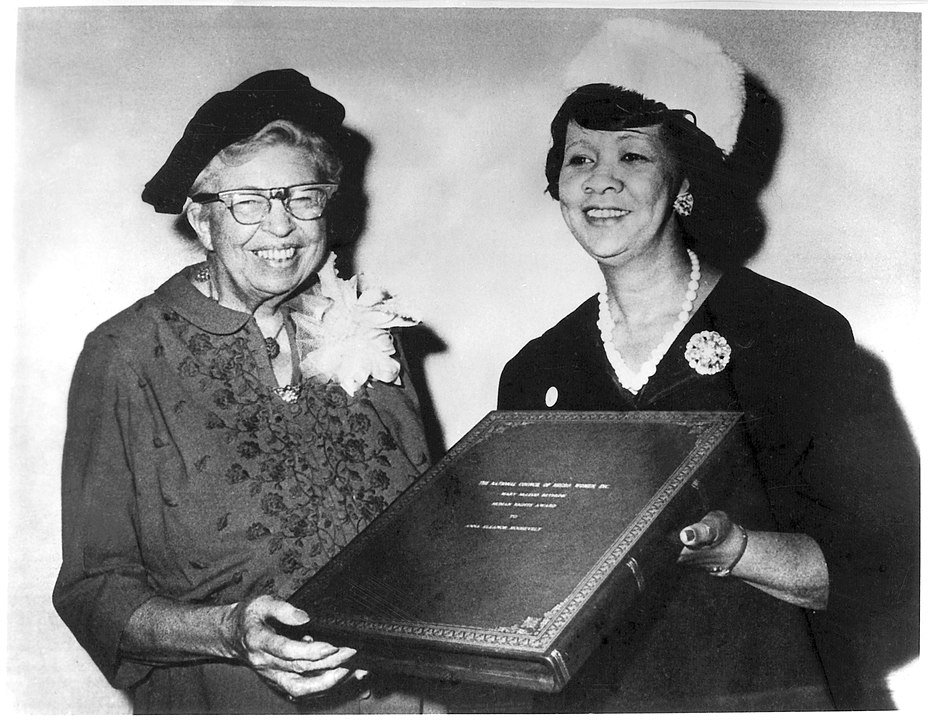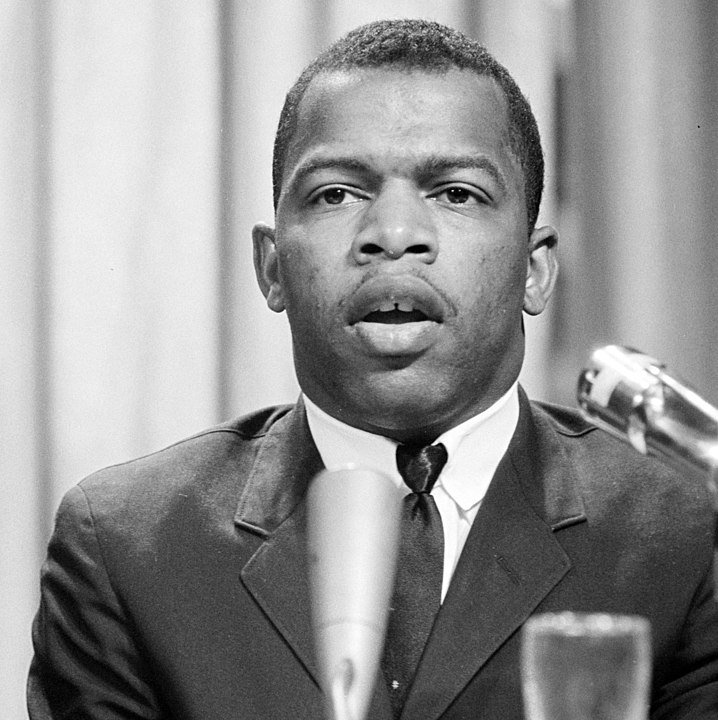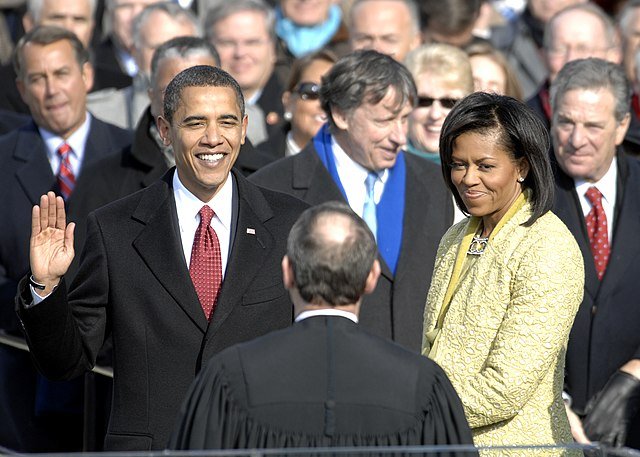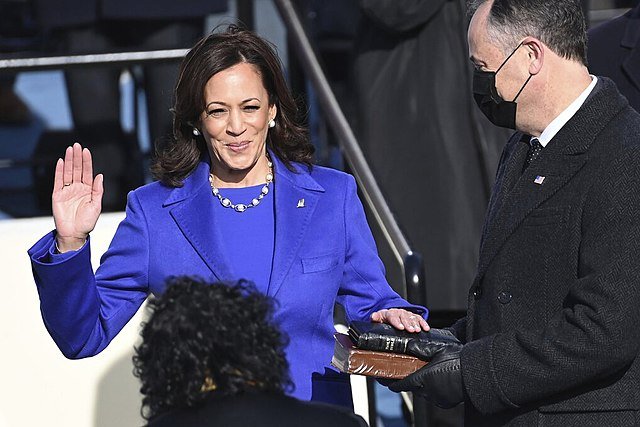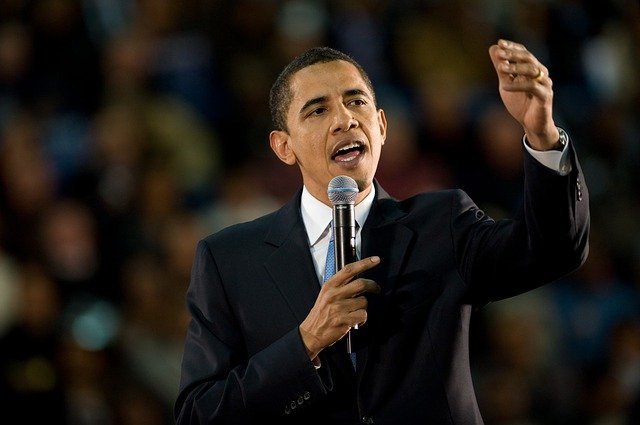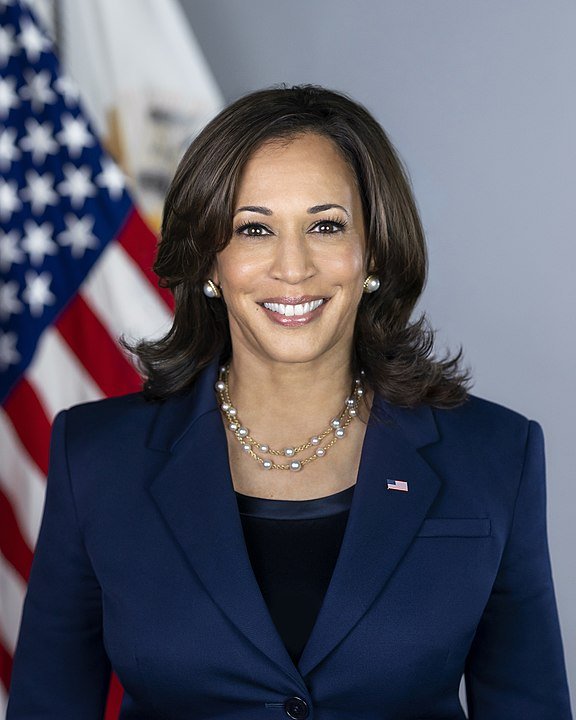The road to representation for Blacks in the United States has been slow and fraught with setbacks.
The battle to end the enslavement of Africans and African Americans dates back long before the American Civil War.
While victory by the Union troops ensured the end of slavery in the United States, equality, equity, and representation for Blacks in America is an ongoing process.
In honor of Black History Month, this article will discuss some of the events along the road to representation and the role Black political leaders and activists have played.
In 1619, the privateer, The White Lion, brought 20 enslaved Africans to the Jamestown Colony. The crew had seized the Africans from a Portuguese slave ship. They traded the Africans for food and provisions. The trans-Atlantic slave trade began in the early 1500s and continued into the mid-1800s. Roughly 12 million Africans were uprooted and deposited in Brazil, the Caribbean, and North America. Many others died resisting or perished enroute. Most of their descendants were born into slavery
The trans-Atlantic Slave Trade was especially cruel because Africans were targeted because of the color of their skin. They were deemed less than and there was no intention for them to ever be freed. Many died trying to escape after they were brought to the “New World.” They resisted because all humans instinctively want and deserve to be free.
We must resist the temptation to try to humanize slave owners and glamourize the South as in Gone with the Wind. We need to discuss the desire for freedom and the necessity for more than just physical freedom.
President John Adams and his wife, Abigail did not own slaves and believed slavery was wrong. Many other prominent figures in American history felt the same way. Quakers supported the British and American Abolition movements. Many religious groups became allies of the African Americans operating the Underground Railroad. These groups include Quakers (Religious Society of Friends), Congregational Church, Wesleyan Church, Reformed Presbyterian Church of North America, and the Vigilant Association of Philadelphia. Though many of these abolitionists worked hard to free slaves, they were not prepared to allow Black people equality, personhood, or representation.
Escaped slaves fled to the Northern United States and Canada where they achieved freedom, but often not equality.
In 1860, there were 32 million Americans – four million (13%) were enslaved Black people with no legal rights or voice in government. That same year, Abraham Lincoln was elected president of the United States running on an anti-slavery expansion platform. Seven Southern states immediately seceded from the Union. Despite efforts toward a peaceful resolution and the preservation of the Union, tensions remained high.
John Brown was an abolitionist who became prominent for his radical abolitionism and fighting in Bleeding Kansas which led to Kansas being admitted into the Union as a free state in 1861. He was captured and hanged for his role in the unsuccessful slave rebellion and raid on the armory at Harper’s Ferry in West Virginia.
After the Southern States formed the Confederacy, they attacked Fort Sumter in South Carolina officially starting the American Civil War.
In late 1862, President Lincoln signed the Emancipation Proclamation which stated, “all enslaved people in the states currently engaged in rebellion against the Union “shall be then, thenceforward, and forever free.” It didn’t free all slaves and it didn’t give Black people any of the citizenship rights afforded to White people.
In 1863, the proclamation was expanded to extend freedom to slaves in Union-held Confederate territories.
On January 31, 1865, Congress passed the 13th Amendment. Section 1 states, “Neither slavery nor involuntary servitude, except as a punishment for a crime whereof the party shall have been duly convicted, shall exist within the United States, or any place subject to their jurisdiction. Section 2 states, “Congress shall have the power to enforce this article by appropriate legislation.” It was ratified on December 6, 1865.
On April 9, 1865, Confederate General Robert E. Lee surrendered at Appomattox Court House to Union General Ulysses Grant officially ending the American Civil War. Five days later, President Abraham Lincoln was assassinated, and Andrew Johnson became president. Johnson, who was from Tennessee, favored allowing the defeated states to reform their governments and didn’t support legislation protecting the rights of freed slaves. After the collapse of the Confederacy, slavery was abolished, and a period of Reconstruction began which was supposed to reunite and rebuild the war-torn country and grant civil rights to all freed slaves.
Southern governments immediately began enacting “Black Codes” or “Jim Crow Laws” to limit the rights of freed slaves and prevent them from working or living wherever they wanted. Members of the U.S. Congress came into conflict with each other as legislators from the Northern States tried to enact federal laws to protect freed slaves without the support of President Johnson.
In June 1866, Congress passed the 14th Amendment. Section 1 establishes that all persons born or naturalized in the United States and any location subject to its jurisdiction are citizens of the United States and of the state in which they reside. It also prohibits states from depriving any person of life, liberty, or property, without due process of law and it prohibits states from denying any person within its jurisdiction the equal protection of the laws. Section 2 prohibits any person holding civil office or a military post who has taken part in insurrection or rebellion against the United States from again holding any state or federal office. It further established that the United States was not liable for the debts incurred by the Confederate States during the American Civil War. It was ratified on July 9, 1868.
In 1870, the 15th Amendment prohibiting the denial of voting rights based on race, color, or previous status as a slave was ratified and Hiram Revels from Mississippi became the first African American to be seated in the U.S. Senate. He served one year filling a seat that had been left vacant when Mississippi seceded from the Union.
Also in 1870, Joseph Hayne Rainey from South Carolina became the first African American to be elected to the U.S. House of Representatives.
In 1872 when Victoria Woodhull was nominated by the National Radical Reformers, she became the first woman presidential candidate. Woodhull selected Frederick Douglass as her running mate making him the first African American to run for the U.S. vice presidency.
In 1874 Blanche Kelso Bruce, a former slave from Mississippi became the first African American elected to a full six-year term in the U.S. Senate. He went on to hold several federal positions until his death in 1898.
In 1890, the Mississippi State Legislature approved its new state Constitution effectively disenfranchising most of the state's African American voters. In subsequent years, South Carolina, Louisiana, North Carolina, Alabama, Virginia, Georgia, and Oklahoma, adopted similar measures.
Elijah Cummings was born in Baltimore in 1951. His parents were sharecroppers. At 11, Cummings and some friends worked to integrate a segregated swimming pool in South Baltimore. He became involved in student government at Howard University and earned his Juris Doctor at the University of Maryland School of Law. He practiced law for 19 years in Baltimore and served for 14 years in the Maryland House of Delegates. Cummings served as Chairman of the Legislative Black Caucus of Maryland in the Maryland General Assembly. He became the first African American to be named Speaker Pro Tempore. In 1996 he was elected to the U.S. House of Representatives and was re-elected for 11 additional terms.
In 1952 Charlotte A. Bass was nominated by the Progressive Party becoming the first African American woman to be nominated for the U.S. vice presidency.
In 1960, a young pastor named Andrew Young joined the Southern Christian Leadership Conference. In 1961 he moved to Atlanta, Georgia to help register black voters. Young became a friend and colleague of Dr. Martin Luther King Jr., and he was a strategist and negotiator during the Civil Rights campaigns in Birmingham, St. Augustine, Selma, and Atlanta. Young was jailed for his involvement in the demonstrations in Selma and St. Augustine. After the passage of the Voting Rights Act in 1965, Young ran for Congress in 1970 but was defeated. In 1972, he was elected to the U.S. House of Representatives from Georgia and was reelected in 1974 and 1976. As a member of the Congressional Black Caucus, Young became involved in foreign affairs. In 1977, President Carter appointed him to serve as the United States Ambassador to the United Nations. Young later served two terms as the mayor of Atlanta, Georgia.
In 1963, John Lewis was one of the “Big Six” leaders who organized the march on Washington. The “Big Six” consisted of Dr. Martin Luther King Jr., Whitney Young, James Farmer, A. Phillip Randolph, Roy Wilkins, and John Lewis. James Farmer believed Dorothy Height, the president of the National Council of Negro Women should have also been recognized for her efforts to end segregation and extend civil rights to people of color. Lewis had several key roles in the civil rights movement of the 1960s helping to end legalized racial segregation in the United States. In 1965 he organized the first of three Selma to Montgomery marches across the Edmund Pettus Bridge. State troopers and police attacked Lewis and other marchers in an incident that became known as Bloody Sunday. Lewis was elected to Congress in 1986 and served 17 terms in the U.S. House of Representatives. He was awarded the Presidential Medal of Freedom in 2011.
The Civil Rights Act of 1964 ended segregation in public places and banned employment discrimination based on race, color, religion, sex, or national origin. It’s considered one of the crowning legislative achievements of the civil rights movement led by Dr. Martin Luther King, Jr. The Civil Rights Act was proposed by President John F. Kennedy but received strong opposition from southern members of Congress. After President Kennedy’s assassination in 1963, his successor President Lyndon Johnson vowed to support the passage of the Civil Rights Act which he signed into law in 1964.
In 1965, the Voting Rights Act was passed to overturn efforts by state legislatures to disenfranchise Black voters. It suspended literacy tests, provided for federal oversight of voter registration in some areas, and directed the attorney general of the United States to challenge the use of poll taxes for state and local elections.
The Fair Housing Act of 1968 banned discrimination in the sale, rental, and financing of properties.
In 1968, Shirley Chisholm from New York became the first African American woman elected to the U.S. House of Representatives. In 1972, Chisholm became the first African American from a major political party to run for president. In 1976, she was the first African American to deliver the keynote speech at the Democratic National Convention.
In 1971, the Congressional Black Caucus (CBC) was established to focus the full Constitutional power, statutory authority, and financial resources of the federal government to ensure African Americans and other marginalized communities in the United States receive the same opportunities for success that are afforded all communities.
In 1992, Carol Moseley Braun, from Illinois, became the first African American woman elected to the U.S. Senate.
In 2008, Barack Obama became the first African American to be elected U.S. President. His wife Michelle became the first African American FLOTUS.
In 2020, Kamala Harris was selected to be the vice-presidential running mate of Joe Biden. In 2021 she was inaugurated as the First Black and Asian U.S. vice president and the first woman to be elected vice president. For several hours in 2021, she assumed the duties of president while President Biden underwent a routine medical procedure.
Since the 2008 election, more than 400 anti-voter bills have been introduced in 48 states to erect unnecessary barriers for people to register to vote, vote by mail, or vote in person. These suppression efforts include gerrymandering (redrawing voting district lines to favor one political party or socioeconomic group), strict voter ID laws, restrictions to early voting, mass purges of voter rolls, and systematic disenfranchisement. These measures disproportionately impact people of color, students, the elderly, and people with disabilities. In response to these anti-voter bills, The Freedom to Vote: John Lewis Act was created to streamline the voting process and enable more citizens to register and participate in the electoral process. This act which would restore key parts of the 1965 Voting Rights Act was passed by the U.S. House of Representatives but has not yet passed in the Senate.
Sources for this article:
http://www.myblackhistory.net/Politics.htm
https://www.history.com/topics/american-civil-war/emancipation-proclamation
https://www.senate.gov/civics/constitution_item/constitution.htm
https://www.history.com/topics/black-history/civil-rights-act







